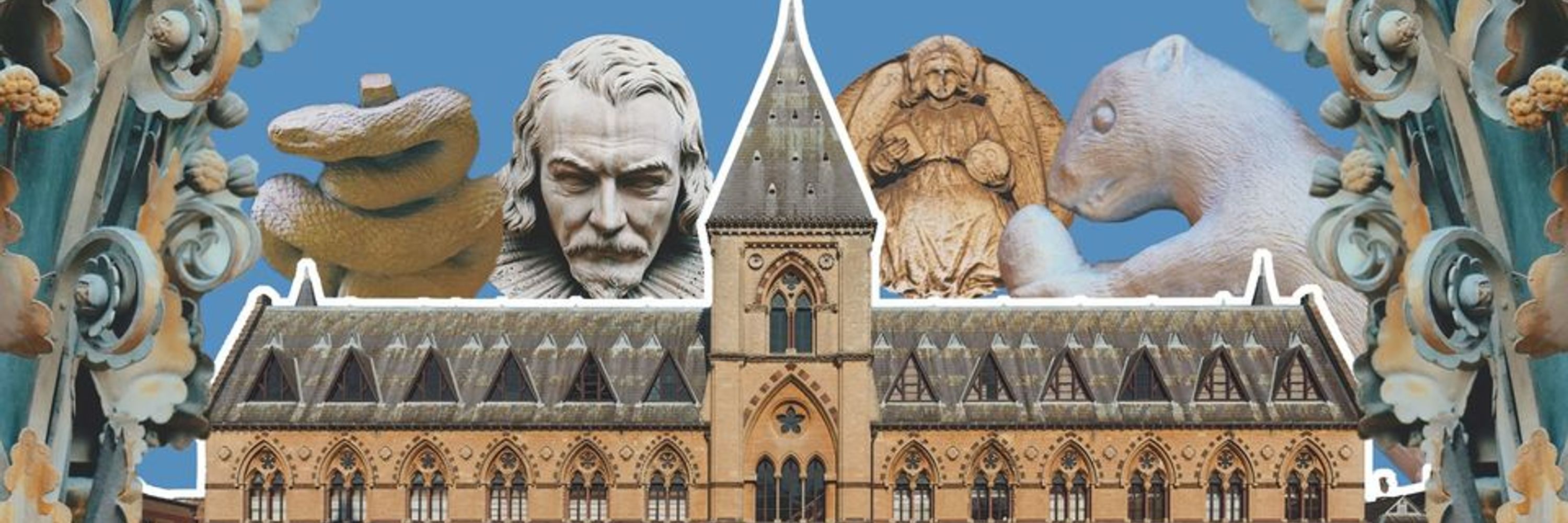


Their purpose was to uncover some of the oldest fossil ecosystems that record complex life.

Their purpose was to uncover some of the oldest fossil ecosystems that record complex life.



Enter the SOLEIL synchrotron.

Enter the SOLEIL synchrotron.
But there’s a catch

But there’s a catch

Book your free tickets now
www.prm.ox.ac.uk/event/museum...

Book your free tickets now
www.prm.ox.ac.uk/event/museum...











We hold the only known soft tissue remains of a dodo in our collections, but don't you know? We're much more than a dodo!

We hold the only known soft tissue remains of a dodo in our collections, but don't you know? We're much more than a dodo!
The Nile crocodile has the strongest bite force of any living animal, up to 5000 pounds per square inch!

The Nile crocodile has the strongest bite force of any living animal, up to 5000 pounds per square inch!
These butterflies live in the rainforests of South America and can have a wingspan of up to 20cm. If you look closely you can see the outline of the eye spots that are on the other side of their wings.

These butterflies live in the rainforests of South America and can have a wingspan of up to 20cm. If you look closely you can see the outline of the eye spots that are on the other side of their wings.

